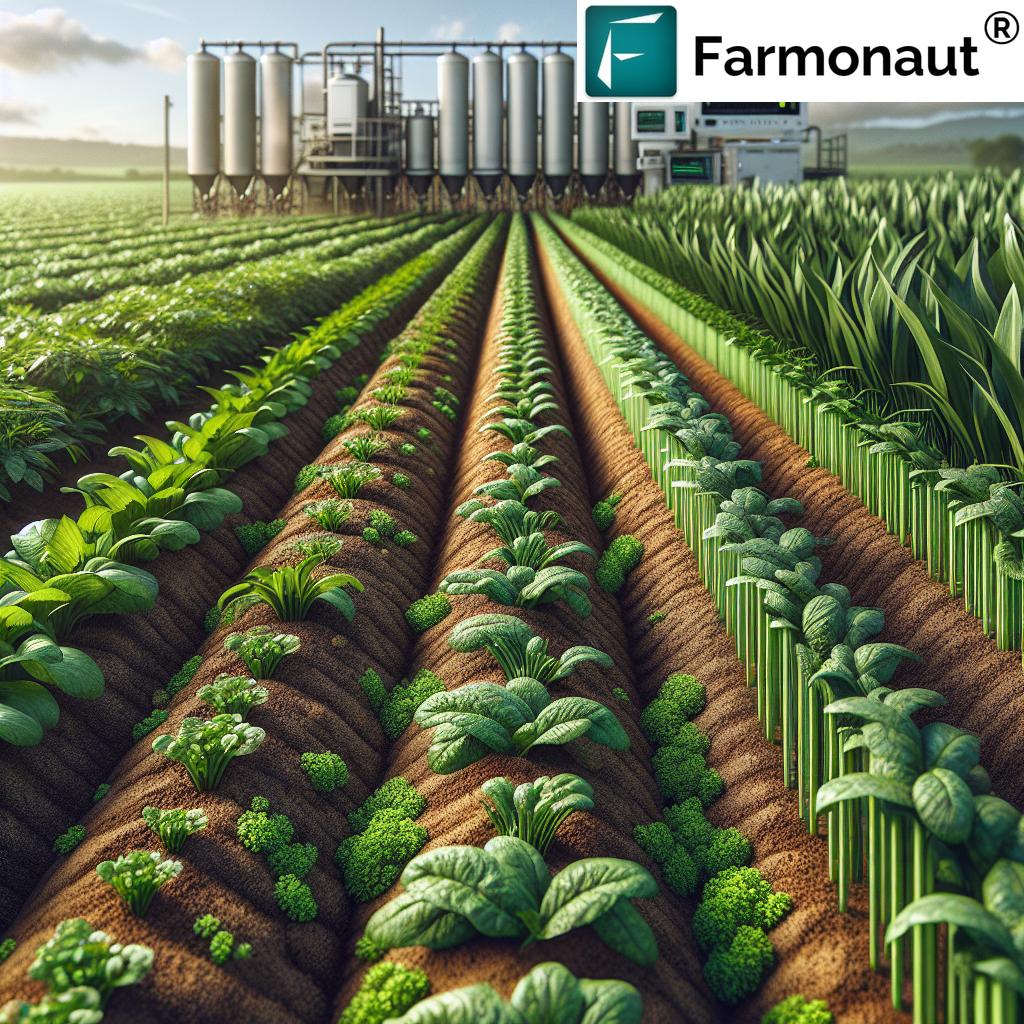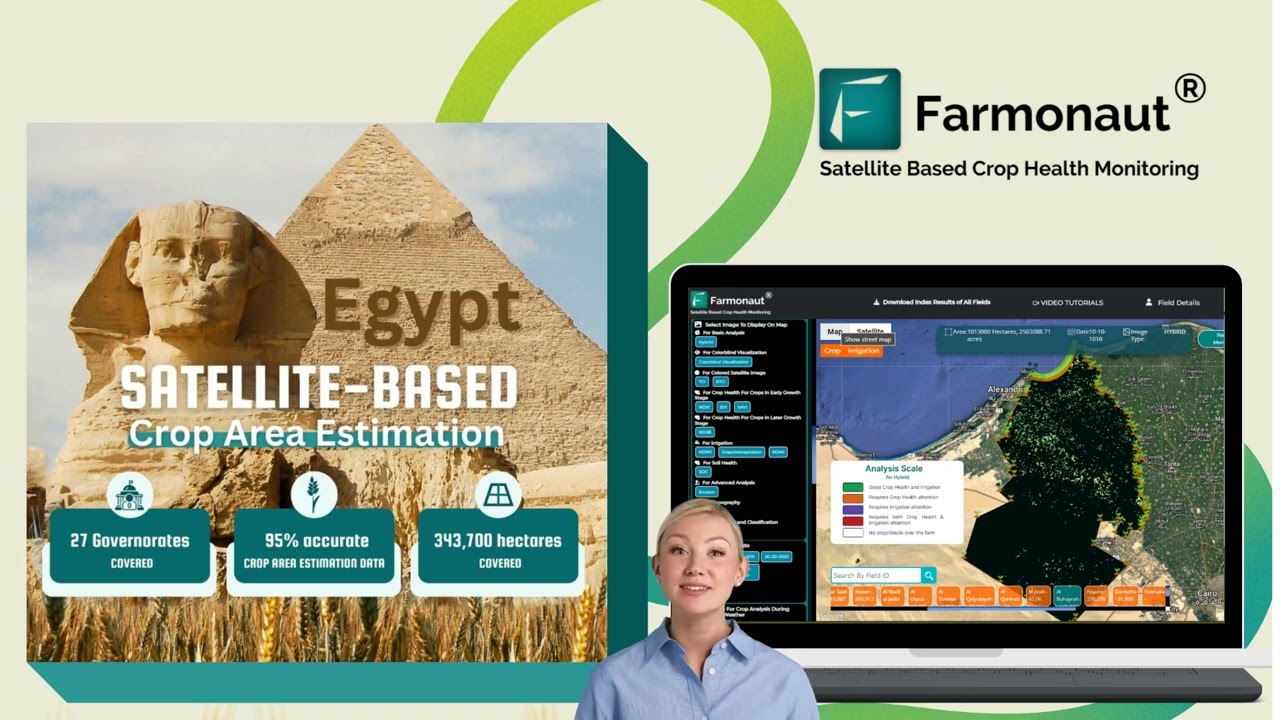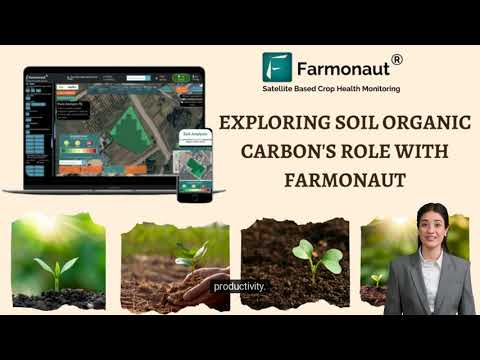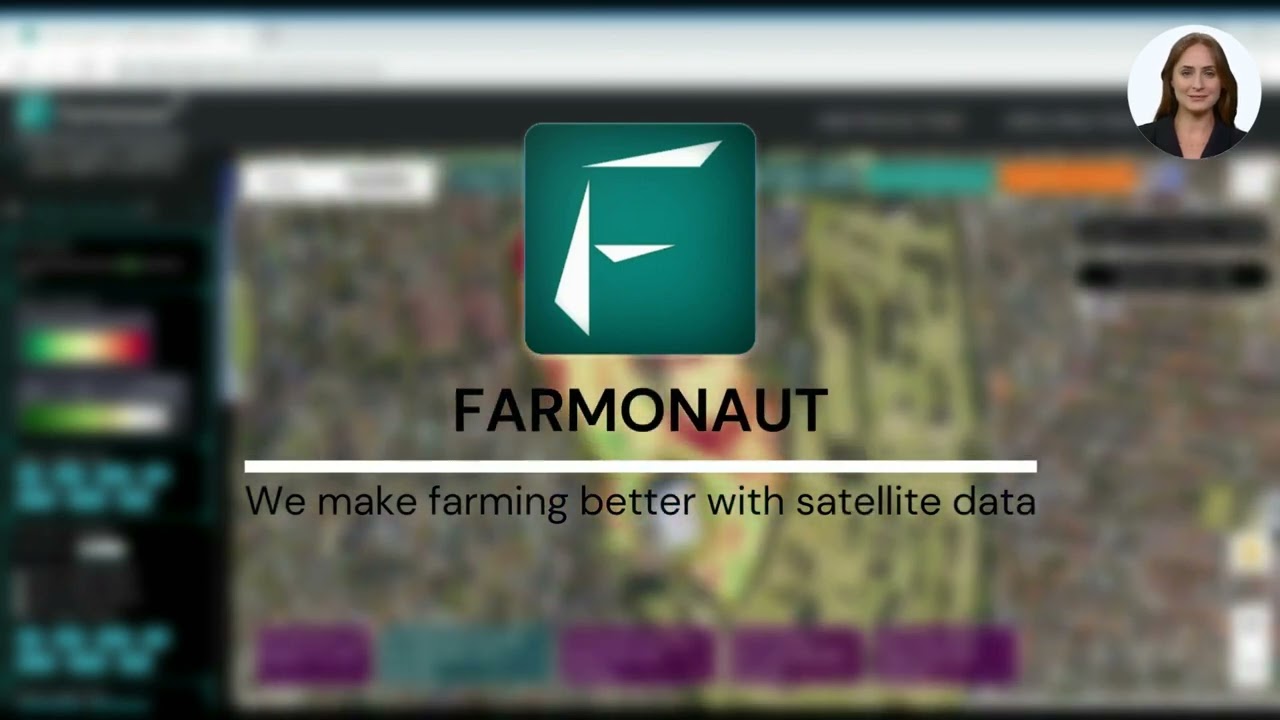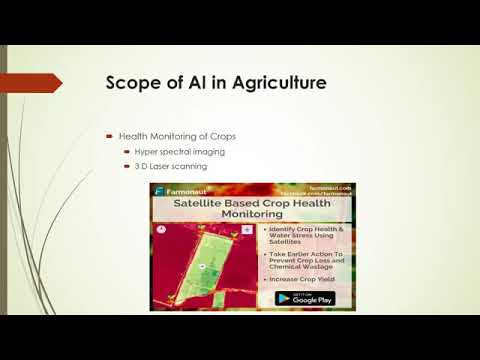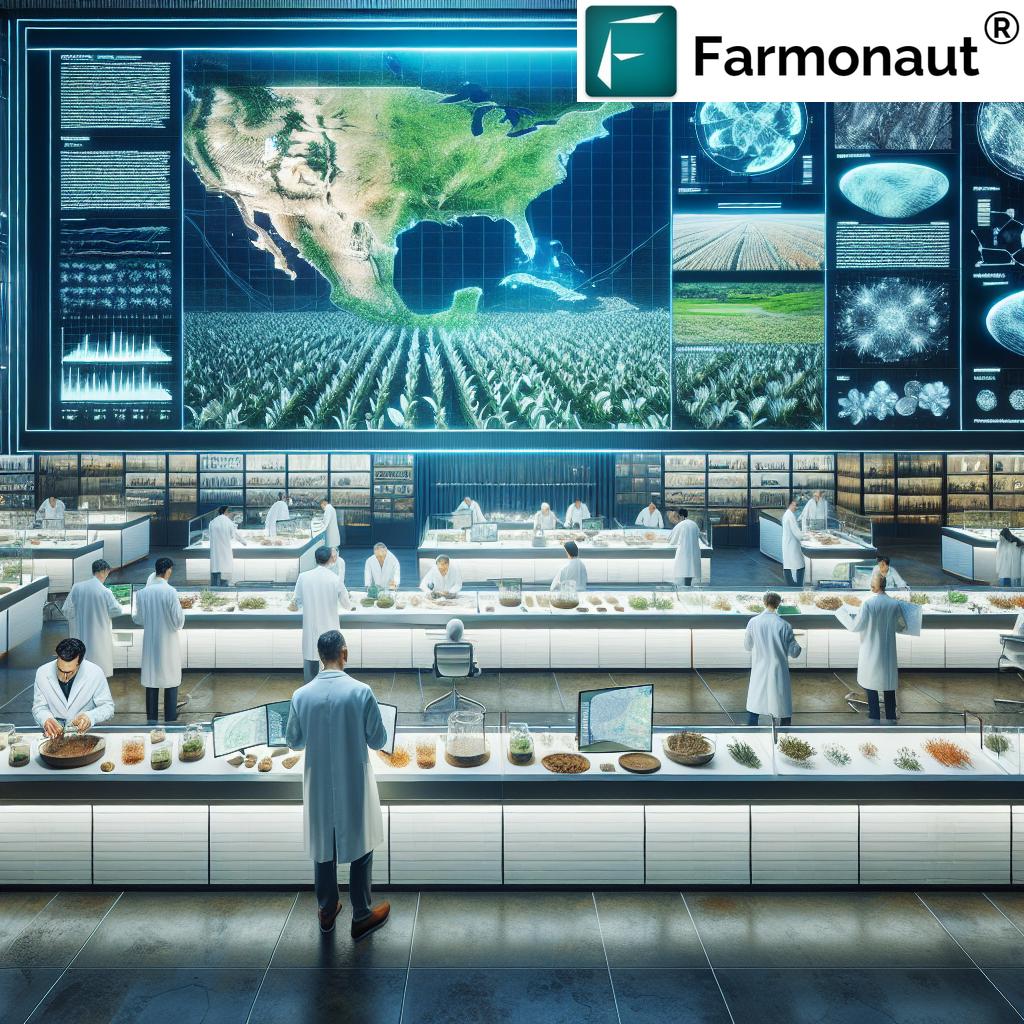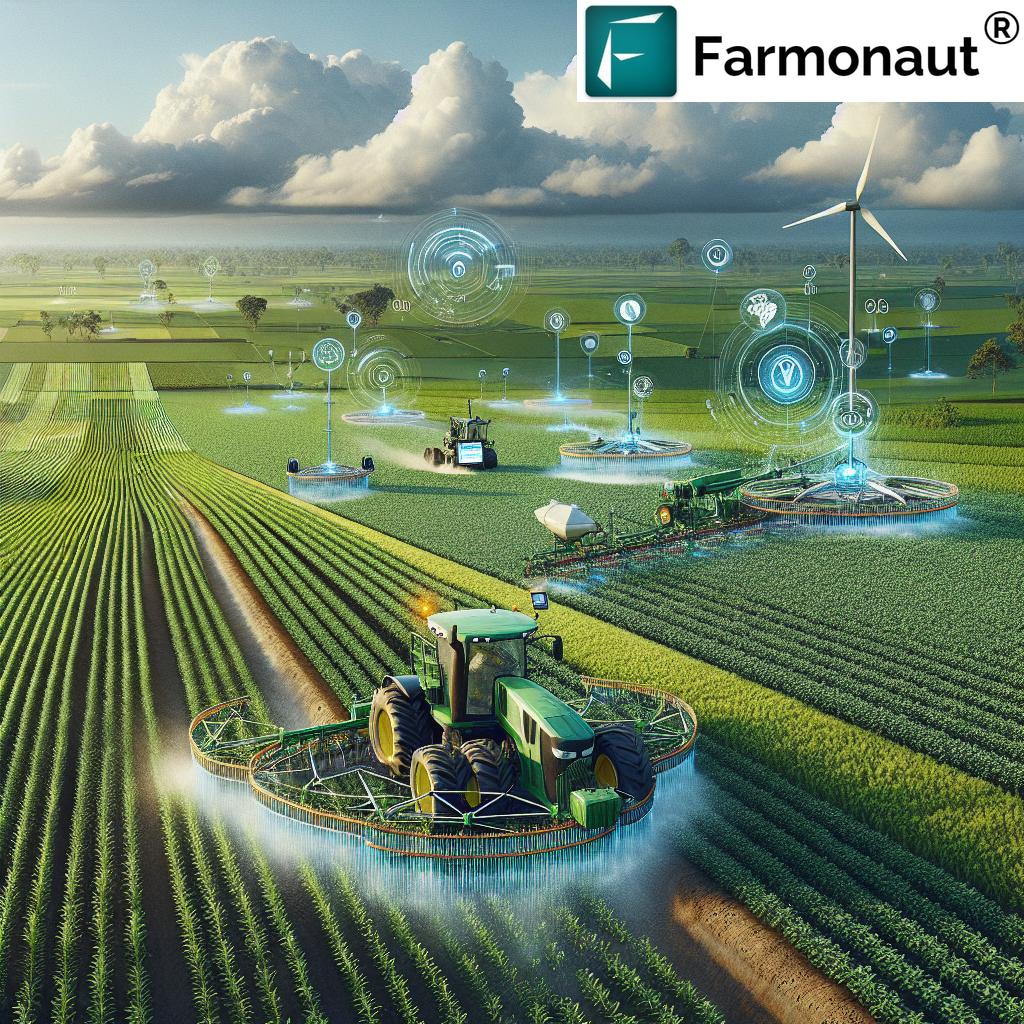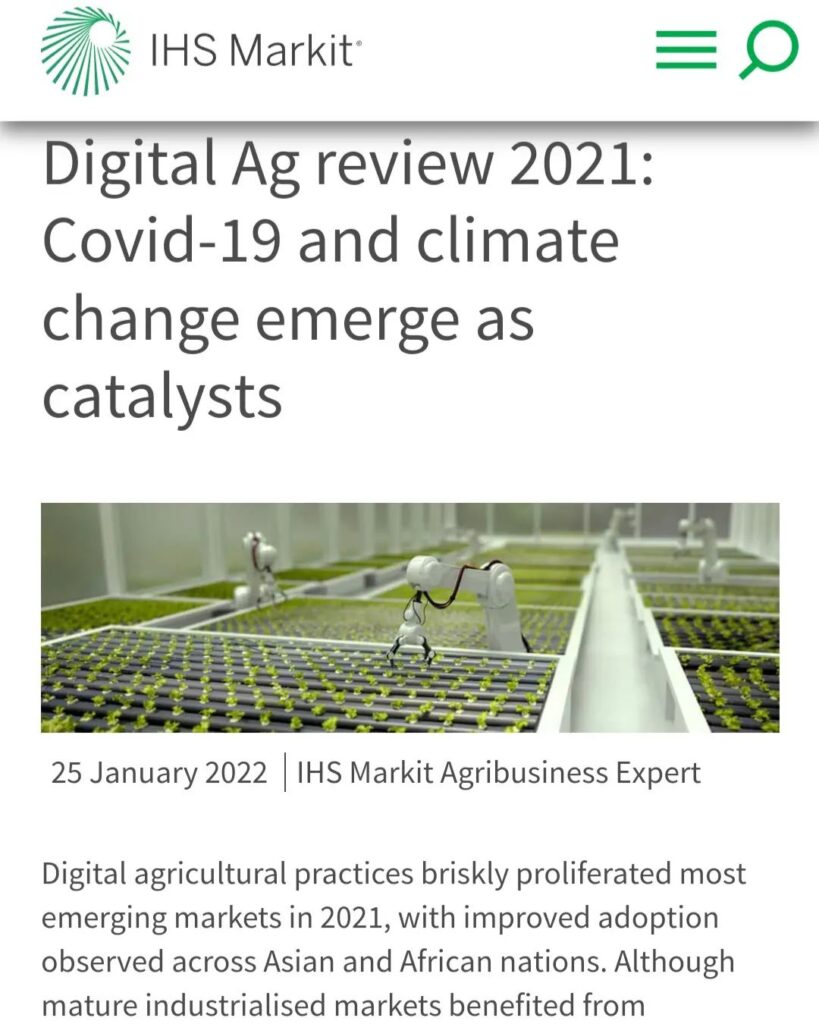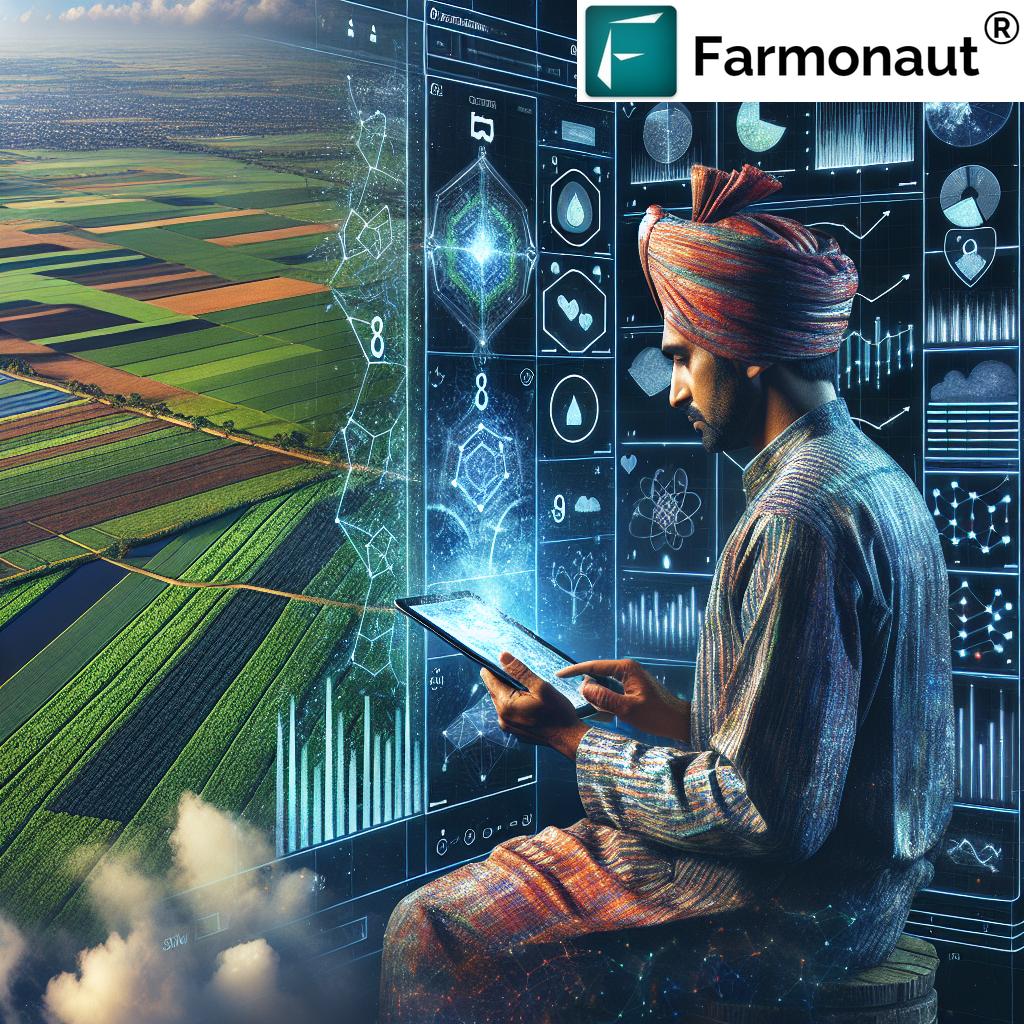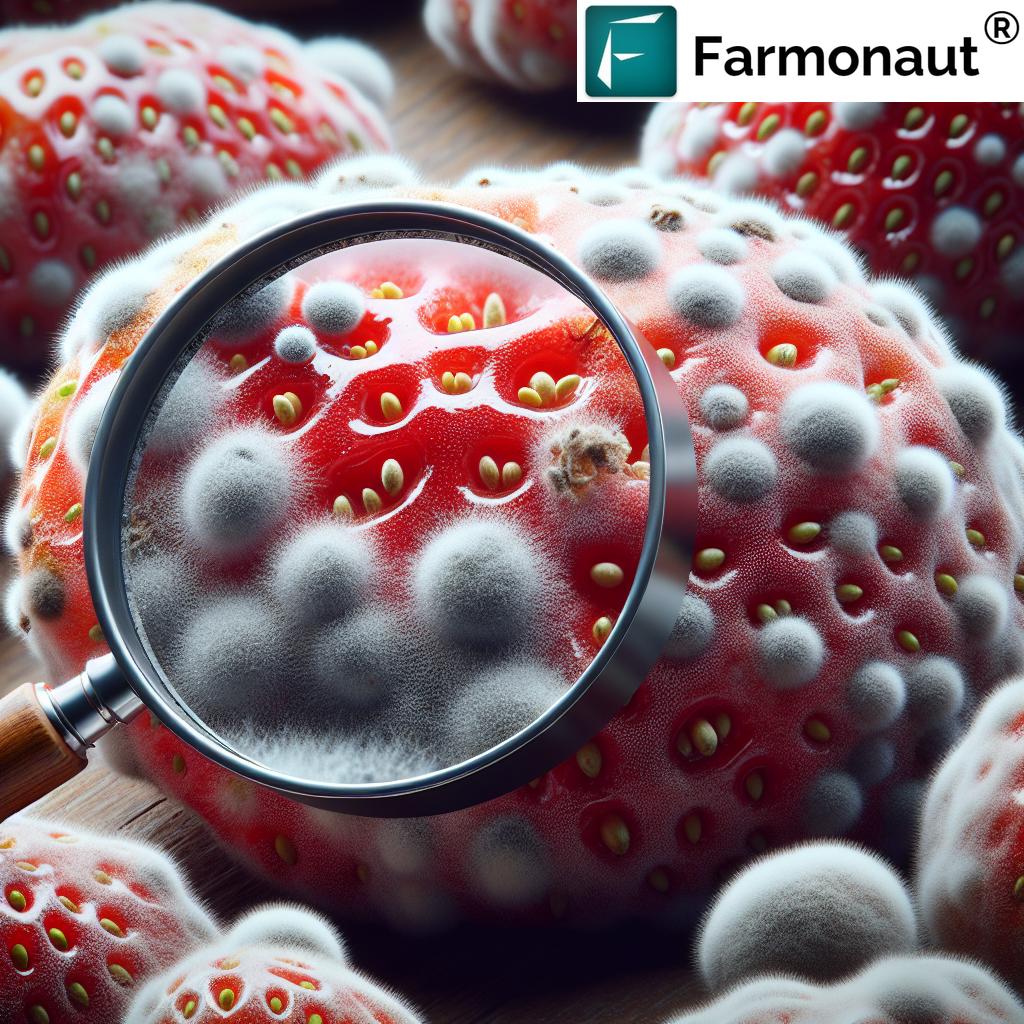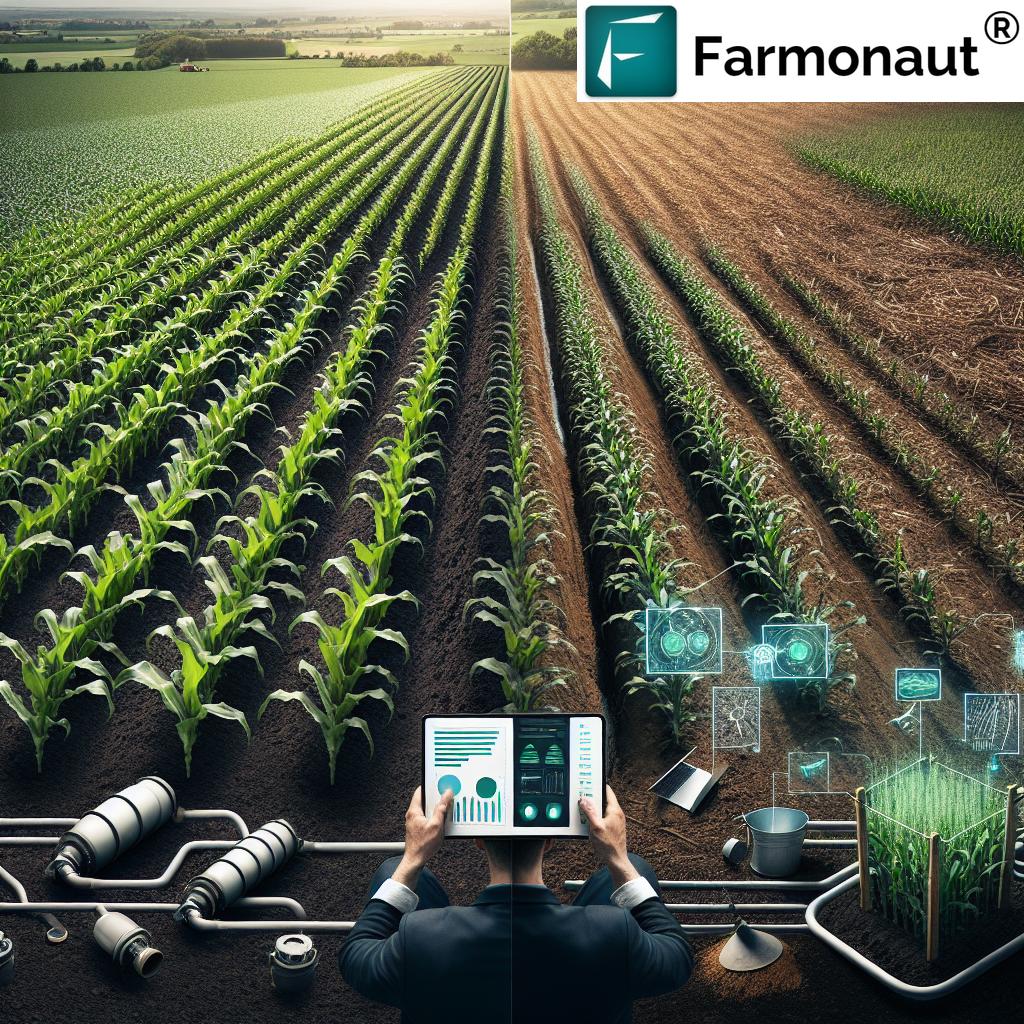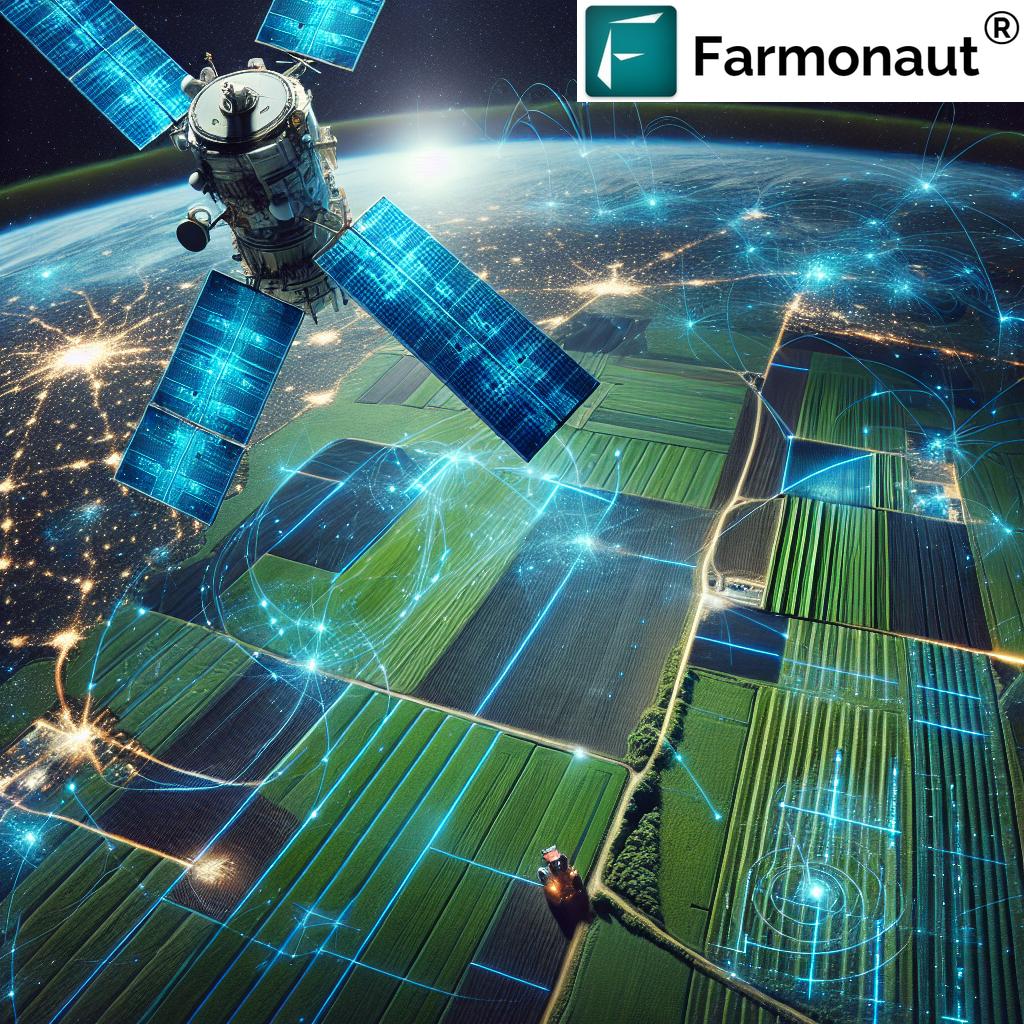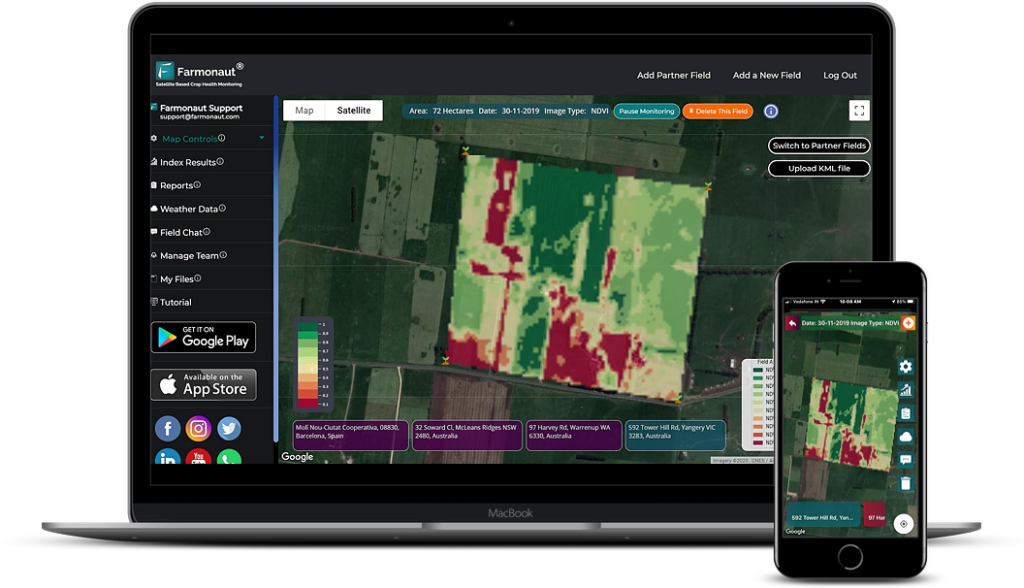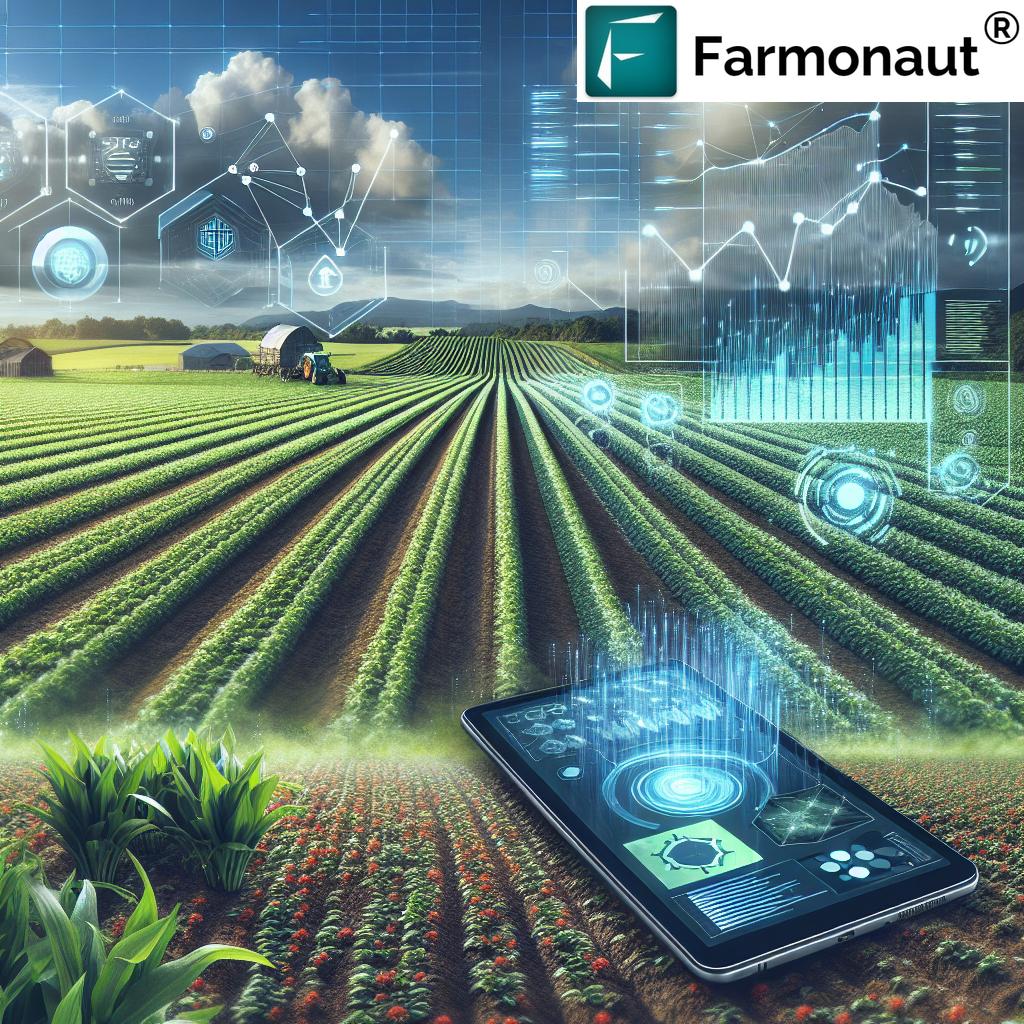Crop Management System: 7 Secrets to Massive Yields
“Precision agriculture can increase crop yields by up to 20% using advanced data analytics and satellite monitoring.”
Introduction: Defining the Crop Management System
In today’s rapidly evolving agricultural landscape, crop management systems are at the heart of innovation, transforming how we farm, monitor, and optimize crop production for sustainable yields. These systems encompass a diverse range of practices and advanced technologies, combining traditional knowledge with cutting-edge approaches such as precision agriculture, integrated pest management, and digital analytics platforms.
At their core, crop management systems involve the strategic planning, precise monitoring, and adaptive control of factors influencing crop health and productivity. From maintaining optimal soil structure, to managing pest populations through Integrated Pest Management (IPM), to leveraging real-time data analytics and satellite monitoring, these practices aim to enhance yields, reduce waste, and support a more viable, sustainable agriculture.
As we explore the top 7 secrets to achieving massive yields, we’ll uncover how modern technologies and holistic management approaches are making sustainable, profitable farming a global reality.
1. Precision Agriculture: The New Standard in Crop Management
Precision agriculture has swiftly become the cornerstone of modern crop management systems. By leveraging advanced technologies—from GPS-guided equipment and drones, to data-collecting sensors and analytics software—farmers can monitor and manage field variability with exceptional accuracy.
What Is Precision Agriculture?
Precision agriculture is a strategy that uses real-time data analytics, remote sensing, and farm monitoring technologies to monitor local field conditions and optimize resource application. Whether it’s irrigation, fertilizer, or pesticide delivery, precision tools enable the targeted use of inputs, minimizing waste and maximizing impact on crop health and yields.
- Soil & Crop Sensing: Using sensors and satellite imagery to assess soil moisture, nutrient levels, and vegetation health.
- Resource Efficiency: Precisely applying water, fertilizers, and pesticides based on analyzed data, reducing waste and environmental impact.
- Enhanced Profitability: Less wasted resources translate into reduced input costs and increased crop yields.
- Farmonaut Solution: Farmonaut makes precision agriculture affordable and accessible to farmers worldwide by offering large-scale farm management and satellite-based crop health monitoring via easy-to-use platforms.
Farmonaut delivers intuitive tools for real-time crop health monitoring using multi-spectral satellite imagery. This allows us to monitor field variability, detect early signs of crop stress, optimize resource use, and ultimately raise farm profitability.
Why Is Precision Agriculture Essential for Improving Crop Yields?
- Informed Decisions: With data-driven insights from advanced monitoring technologies, we make informed decisions that optimize resource allocation and crop production.
- Improved Sustainability: By targeting management actions, precision agriculture reduces input waste and environmental impact, directly supporting sustainable agriculture practices.
- Yield Increases: Utilizing precision techniques can boost yields by up to 20%, as supported by recent industry research.
Farmonaut’s API (API Access) and Developer Docs enable the seamless integration of real-time satellite and weather data for advanced, customized farm monitoring solutions.
2. Integrated Pest Management: Smart Pest Control for Crop Health
One of the most crucial components of any effective crop management system is the adoption of Integrated Pest Management (IPM). IPM is a holistic approach that combines biological, cultural, physical, and chemical tools to manage pests in an economically and ecologically sound manner.
The IPM Strategy: Minimizing Risk, Maximizing Health
- Monitor & Identify: Constant monitoring of pest populations—using smart traps, field checks, and digital image analytics—ensures that we intervene only when necessary.
- Choose the Best Control Method: IPM starts with biological controls (like beneficial insects or microbial agents), then advances through cultural and physical practices (crop rotation, barriers) before considering chemical pesticides, which are used as a last resort and targeted to specific problems.
- Prevent Resistance: By minimizing pesticide use and relying on a variety of control measures, we reduce the risk of pests evolving resistance to treatments—ensuring the long-term sustainability of our management strategy.
- Protection of Beneficial Organisms: IPM supports sustainable agriculture practices by protecting pollinators and natural pest predators.
Farmonaut enhances IPM by offering satellite-based monitoring of crop stress patterns (potentially linked to pest activity), and real-time AI-driven advisories for pest and disease management. This empowers us to make data-informed decisions that are both effective and sustainable.
“Innovative crop management systems help farmers reduce input costs by 15% while maintaining sustainable farming practices.”
3. No-Till Farming: Preserving Soil Structure through Innovative Practices
No-till farming has established itself as a foundational practice for maintaining healthy soil structure in modern agriculture. This method involves planting crops directly into the soil without disturbing it through traditional tillage.
- Soil Preservation: No-till farming preserves soil structure, enhancing water infiltration and retention, and preventing erosion.
- Biodiversity & Soil Health: By leaving crop residues on the field, we promote soil microbial activity, organic matter buildup, and overall biodiversity.
- Climate Resilience: Improved soil health helps crops withstand drought, reducing vulnerability to extreme weather events.
- Farmonaut & Soil Monitoring: Farmonaut delivers soil moisture analytics, satellite-derived NDVI (Normalized Difference Vegetation Index), and soil organic carbon tracking. This empowers us to evaluate the benefits of no-till practices and optimize management for resilience and productivity.
Looking for further insights into soil carbon and sustainability? Find more at Farmonaut’s Carbon Footprinting page, where you can explore technology-driven solutions for tracking environmental impact and advancing climate-smart agriculture.
4. Cover Cropping: Restoring Soil and Crop Vitality
Cover cropping involves planting non-harvested plants—such as legumes, grasses, or brassicas—between main crop cycles. These living covers are not just for show; they play a dynamic role in supporting sustainable crop management systems:
- Erosion Control: By shielding the soil from rain, wind, and sun, cover crops drastically reduce soil erosion and maintain valuable topsoil structure.
- Soil Fertility Improvement: Some covers, like clover, fix nitrogen from the air into the soil, while others enhance organic matter and promote nutrient cycling.
- Pest & Weed Suppression: Cover crops suppress weed emergence and can even disrupt pest lifecycles, helping us reduce chemical interventions.
- Enhanced Crop Growth: Overall, cover cropping creates a soil environment that supports healthier, more resilient crops and boosts long-term yields.
With advanced farm monitoring technologies like those provided by Farmonaut, we can track the effectiveness of our cover cropping efforts by analyzing soil health, vegetative cover, and crop outcomes—ensuring every step is informed by real-time data.
5. Controlled-Environment Agriculture: Optimizing Growing Conditions
With the advancement of digital and mechanical technologies, Controlled-Environment Agriculture (CEA) has become a breakthrough for urban farming, off-season production, and maximizing control over environmental factors.
Understanding CEA and Its Advantages
- Complete Environmental Control: Growers can precisely regulate temperature, humidity, CO₂, and light using greenhouses or vertical farms, ensuring consistent conditions regardless of external weather events.
- Resource Efficiency: Closed-loop systems enable efficient water and nutrient use, minimizing environmental impact and often reducing input costs.
- Year-Round Production: By isolating crops from pests, diseases, and unpredictable climate events, CEA supports continuous, reliable production.
- Farmonaut Technology: With IoT-enabled monitoring and real-time environmental analytics, Farmonaut supports growers in customizing irrigation, lighting, and input schedules—maximizing both yields and sustainability.
Explore how Farmonaut’s data-driven insights and tech-forward approach bring CEA benefits to farmers globally, making controlled-environment agriculture accessible for growers of all sizes.
6. Crop Management Software: Digital Platforms for Better Farming
Today’s most successful farms rely on integrated crop management software platforms for planning, monitoring, analyzing, and adapting every stage of crop production.
- Centralized Data Management: Crop management software brings together field maps, soil test results, historical yield data, and input records—streamlining our management process.
- Predictive Analytics & AI: Platforms powered by AI and machine learning (like Farmonaut’s Jeevn AI system) deliver weather forecasts, tailored management advisories, and automated disease/pest monitoring.
- Resource Optimization: Access to inventory, financial, and labor tracking tools allows farmers to make strategic decisions in real time.
- Farmonaut’s Advantage: Farmonaut’s multi-platform accessibility (Android, iOS, web app, and API) makes it simple for anyone—from smallholder farmers to large agribusinesses—to benefit from smart crop management solutions (open in App now).
These digital solutions empower us to achieve greater productivity, sustainability, and economic viability—with smart automation, reduced manual labor, and comprehensive risk management.
7. Emerging Technologies and the Future of Crop Management
Innovative emerging technologies such as drones, artificial intelligence, Internet of Things (IoT) devices, and blockchain are revolutionizing how we monitor, manage, and improve crop yields.
Key Innovations for Maximum Efficiency and Sustainability
- Drones & Aerial Imagery: Provide high-resolution, real-time images for assessing crop health, identifying pest outbreaks, and monitoring irrigation efficiency.
- IoT Sensors: Continuous monitoring of environmental conditions enables automated alerts and optimal responses for water, fertilizer, and pest management.
- Machine Learning: Analyzes complex data sets to predict disease outbreaks, optimize input schedules, and forecast yield potential at the field-level.
- Blockchain Traceability: Secures all steps of the agricultural supply chain, improving trust, transparency, and traceability in crop production. (Read about Farmonaut’s blockchain-powered Traceability solutions here.)
Farmonaut integrates these advanced technologies, enabling satellite-based monitoring, resource optimization, and automated decision-support across every stage of the crop management system.
For agribusinesses that rely on efficient workflows and logistics, Farmonaut’s Fleet Management solution allows us to track and optimize machinery use, streamline operations, and cut costs on a large scale.
Comparative Benefit Table: Crop Management System Technologies
Understanding how key crop management technologies compare helps us choose the right solutions for our farm. Here’s a detailed table showing core features, estimated yield increases, sustainability impacts, and farm monitoring capabilities of top systems.
| Crop Management System/Technology | Core Feature | Estimated Yield Increase (%) | Sustainability Impact | Monitoring Capability |
|---|---|---|---|---|
| Precision Agriculture | Field-level data analytics, targeted input application | 10-20% | Reduces water/fertilizer use, cuts carbon emissions | Crop vigor, moisture, nutrient status via sensors/satellites |
| Drone Monitoring | Real-time aerial crop imagery | 6-12% | Fewer repeat field operations, minimal chemical drift | Disease/pest detection, plant stand monitoring |
| Remote Sensing | Satellite/IoT-based environmental data | 8-15% | Optimized irrigation, early stress mitigation | Soil health, weather, crop biomass analysis |
| Integrated Pest Management (IPM) | Adaptive pest and disease control | 5-10% | Lower chemical application, promotes biodiversity | Pest population tracking, resistance monitoring |
| Controlled-Environment Agriculture (CEA) | Automated environmental regulation | 12-18% | Maximizes resource use, minimal land & water impact | 24/7 remote condition and crop health tracking |
| No-Till & Cover Cropping | Soil structure and nutrient restoration | 6-14% | Reduced erosion, improved carbon sequestration | Organic matter trends, soil vitality indicators |
| Crop Management Software | Data-driven farm planning, automation | Up to 15% | Cuts input waste, fosters adaptive practices | Integrated field, soil, weather, inventory datasets |
Farmonaut: Transforming Crop Management with Innovative Technologies
Farmonaut is redefining what’s possible in modern agriculture by making advanced precision agriculture technologies affordable and accessible for farm managers, agribusinesses, and agricultural institutions around the world.
- Satellite-Based Monitoring: Harnessing multi-spectral imagery for crop health insights, soil moisture measurement, and early warning of stress—at any scale and frequency we choose.
- AI-Driven Crop Advisory: Farmonaut’s Jeevn AI system provides personalized, data-backed recommendations in real time, improving resource efficiency and yields.
- Blockchain Traceability: End-to-end product traceability for food, textile, and supply chain industries, ensuring transparency and trust from farm to consumer. Read more about it at Farmonaut Traceability.
- Fleet & Resource Management: Optimize machinery use, manage logistics, and keep costs under control—find out more via Fleet Management Systems.
- Carbon Footprinting: Track and reduce your agricultural carbon emissions for improved sustainability, regulatory compliance, and eco-friendly branding.
Discover the full suite of solutions in Farmonaut’s Crop Plantation/Forest Advisory platform by visiting our web app (also available on Android and iOS).
Farmonaut empowers us with advanced farm monitoring technologies, strategic resource planning, and actionable insights—helping every farmer, agribusiness, and agri-professional make smarter, more sustainable decisions, every day.
For developers and enterprise customers, our API and developer documentation allow for powerful, efficient integration of satellite data for customized farming solutions, crop loan verification, and insurance risk assessments. See how Farmonaut’s crop loan & insurance verification cuts fraud and broadens access to finance.
Farmonaut Subscription Plans: Scale With Your Needs
FAQ: Crop Management Systems Explained
-
What is a crop management system?
A crop management system is an integrated approach that combines various agricultural practices, technologies, and monitoring tools to optimize crop production, improve sustainability, and maximize economic viability for farmers. These systems involve strategic planning, monitoring, and control of all factors influencing crop health and yields. -
How does precision agriculture improve farm productivity?
Precision agriculture enables us to collect and analyze real-time data about soil, weather, and crop conditions. We then use this data to apply inputs (water, fertilizer, pesticides) only where and when needed, reducing waste and boosting both productivity and profitability. -
What are the benefits of no-till farming and cover cropping?
Both no-till farming and cover cropping help preserve soil structure, reduce erosion, increase organic matter, and promote a healthy soil ecosystem, resulting in more resilient crops and improved long-term yields. -
How does Farmonaut support integrated pest management (IPM)?
Farmonaut’s satellite and AI-based advisories allow us to monitor fields for early pest/disease signs, track pest populations, and apply control measures only when and where necessary—supporting sustainable and effective IPM strategies. -
Why should I use crop management software?
Integrated crop management software simplifies farm operations, providing centralized data access, predictive analytics, resource tracking, and automated recommendations—all based on real-world field data—to help us make smarter, quicker decisions on the farm. -
How can I access Farmonaut’s solutions?
Farmonaut’s platform is available through a web/browser app, Android and iOS mobile apps, and APIs for integration with your own digital tools. -
How does blockchain improve crop traceability?
Farmonaut’s blockchain-based systems record each step of the product journey, making supply chains secure, transparent, and fraud-resistant—a key benefit for agribusinesses and consumers focused on food/trade authenticity. -
What makes Farmonaut different?
Farmonaut stands out for delivering advanced satellite monitoring, AI-based recommendations, and scalable solutions that work for smallholder farmers, agribusinesses, and even government institutions—without costly hardware or complex technical barriers.
Conclusion: The Path to Massive Yields
The journey towards massive yields and lasting success in modern agriculture begins with embracing the full range of crop management systems—from precision agriculture to integrated pest management, no-till farming, cover cropping, and smart digital platforms.
By combining time-tested sustainable agriculture practices with powerful emerging technologies, we can monitor every field, adapt to every condition, and continuously optimize for both high productivity and environmental stewardship.
Farmonaut stands at the forefront of this agricultural revolution, providing the advanced tools, data analytics, and strategic support needed to make sustainable, profitable farming easier and more accessible than ever before.
Let’s embrace the future together—leveraging technology, data-driven insights, and innovative management systems to feed the world more efficiently, sustainably, and successfully.


